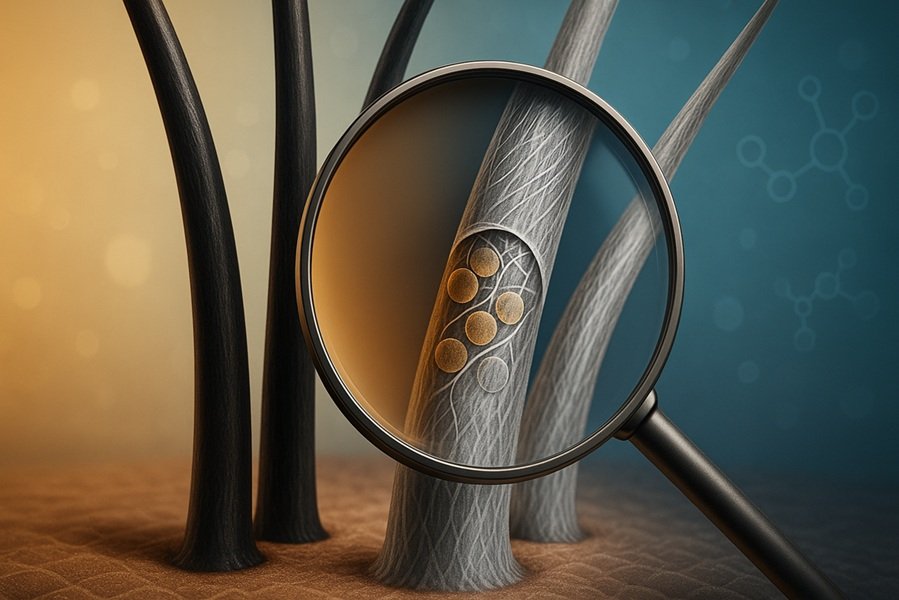
Have you ever stared into a campfire, a candle, or a gas burner and noticed that flames are made of multiple colors? From deep orange to pale blue and even white, flames display a beautiful gradient—but what do these colors actually mean?
If you’re wondering which part of the flame is the hottest and what color it is, the short answer is:
The hottest part of the flame is blue or white.
But why is that? Let’s explore the science of flame color, temperature, and combustion to understand this fiery phenomenon in depth.
What Causes the Color of a Flame?
Flame color depends on two main factors:
1. Temperature
Different temperatures emit different wavelengths of light. This is called blackbody radiation. As temperature increases, the color shifts from red to orange, yellow, white, and then blue.
2. Material Being Burned
Some metals and chemicals give off characteristic colors when burned. For example:
- Sodium = bright yellow
- Copper = green or blue
- Potassium = purple
These are often seen in fireworks or flame tests in chemistry labs.
But for a basic, hydrocarbon-based flame (like a candle or gas stove), color mostly depends on temperature and oxygen availability.
Which Part of the Flame Is the Hottest?
In a Bunsen burner or gas stove:
- The blue part of the flame (often at the base) is the hottest.
- Temperature: Around 1,400°C to 1,600°C (2,552°F to 2,912°F)
- The blue inner cone is the most efficient and complete combustion zone.
- It’s blue because combustion here is complete, producing carbon dioxide and water vapor.
In a Candle Flame:
A candle flame has several zones:
- Dark Inner Zone (unburned wax vapor): ~600°C
- Luminous Zone (Yellow): ~1,200°C
- Blue Outer Cone: ~1,400°C — this is the hottest
So while the yellow part may look brighter, the blue part is actually hotter.
Flame Colors by Temperature (General Guide)
| Flame Color | Approximate Temperature | Characteristics |
|---|---|---|
| Red | ~525°C to 1,000°C | Coolest visible flame |
| Orange | ~1,000°C to 1,200°C | Incomplete combustion |
| Yellow | ~1,200°C to 1,400°C | Soot particles glowing |
| White | ~1,400°C to 1,600°C | Very hot, intense flame |
| Blue | ~1,400°C to 1,650°C+ | Hottest and cleanest flame |
Note: White flames may appear when the flame is extremely hot and close to peak brightness, but usually in welding torches or special burners.
Blue Flame vs Yellow Flame
| Feature | Blue Flame | Yellow Flame |
|---|---|---|
| Combustion | Complete | Incomplete |
| Oxygen Supply | High | Limited |
| Temperature | Hotter (~1,600°C) | Cooler (~1,200°C) |
| Efficiency | More efficient, cleaner | Produces soot and CO |
| Visibility | Less bright, but hotter | Brighter, but cooler |
This is why gas stoves are designed to burn with a blue flame—it’s safer, more efficient, and cleaner.
Why Blue Light = Higher Energy
Light in the blue spectrum has shorter wavelengths and higher energy than red or orange light.
That’s why:
- Blue stars in space are hotter than red stars.
- Blue flames indicate higher temperatures than red/orange ones.
This is rooted in the electromagnetic spectrum and Planck’s law of blackbody radiation.
🔧 Real-World Applications
1. Cooking Appliances
- A proper gas flame should be blue.
- A yellow or orange flame may indicate poor combustion or clogged burners.
2. Welding Torches
- Acetylene torches burn with intensely hot blue-white flames, reaching over 3,000°C.
3. Fireworks and Metal Tests
- Chemists use flame color to identify metal ions.
- Pyrotechnicians use metals to create specific flame colors.
Explore:
🔚 Conclusion: The Hottest Flame Is Blue
In nearly all practical cases, blue is the color of the hottest part of the flame—not yellow, not orange, and definitely not red. The blue or white-hot region indicates efficient, complete combustion with higher energy release and fewer pollutants.
So next time you light a gas stove or candle, look closely. That small blue base of the flame may not be the brightest, but it’s the most intense—and the hottest.



